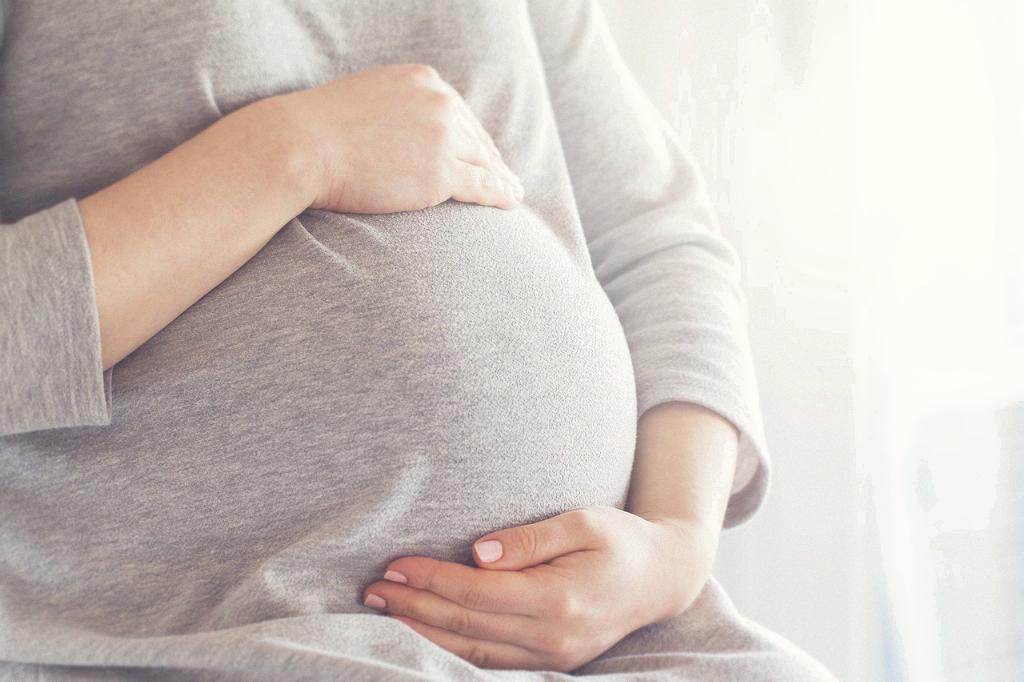Knowing when your Days Past Ovulation (DPO) occur is crucial when trying to conceive or tracking your menstrual cycle. DPO is calculated by counting the days that have passed since ovulation has taken place. By understanding the concept of DPO, you can better interpret your body’s fertility signals.
Tracking Ovulation
The first step in determining your DPO is tracking your ovulation. This can be done through various methods such as using an ovulation calculator or observing physical signs like changes in cervical mucus or basal body temperature. Once you have identified your ovulation date, you can start counting the days to calculate your DPO.
Calculating Your DPO
To calculate your DPO, simply add the number of days that have passed since your ovulation date. For example, if your ovulation occurred on the 14th of the month and today is the 17th, then your DPO would be 3.
Understanding Fertility
Tracking your DPO can provide valuable insights into your fertility. By knowing when ovulation occurs and calculating your DPO, you can identify your most fertile days within your menstrual cycle. This knowledge can be particularly helpful for couples trying to conceive.
Interpreting Symptoms
Recognizing your DPO can also help you interpret certain symptoms that may arise post-ovulation. For instance, implantation can occur around 6-12 DPO, which may be accompanied by light spotting or cramping. Being aware of your DPO can give you a better understanding of these occurrences.
Monitoring Your Menstrual Cycle
Tracking your DPO is an effective way to monitor your menstrual cycle. By keeping a record of your DPO each month, you can identify patterns and irregularities in your cycle. This information can be useful when discussing your fertility with healthcare providers.
Optimizing Conception
For individuals or couples trying to conceive, knowing your DPO is essential. By pinpointing your most fertile days through DPO tracking, you can optimize your chances of conception. This targeted approach can increase the likelihood of successful pregnancy.
Using Ovulation Tests
Some individuals may opt to use ovulation tests to pinpoint their ovulation date accurately. These tests detect the surge in luteinizing hormone (LH) that precedes ovulation. Once the LH surge is detected, you can calculate your DPO accordingly.
Considering Variabilities
It’s important to note that every individual’s cycle is unique, and variances may exist in ovulation timing and DPO calculation. Factors such as stress, illness, or hormonal changes can impact the accuracy of DPO tracking. Monitoring trends over multiple cycles can help account for these variabilities.
Seeking Professional Advice
If you have concerns about your fertility or have been actively trying to conceive without success, it may be beneficial to consult with a healthcare provider. They can offer guidance on tracking your DPO, interpreting fertility signs, and exploring potential underlying factors affecting conception.
Conclusion
Understanding when your DPO occurs is a valuable tool in managing your fertility and menstrual cycle. By tracking ovulation, calculating your DPO, and interpreting related symptoms, you can gain valuable insights into your reproductive health. Whether you are trying to conceive or simply monitoring your cycle, awareness of your DPO can empower you in making informed decisions about your fertility journey.

